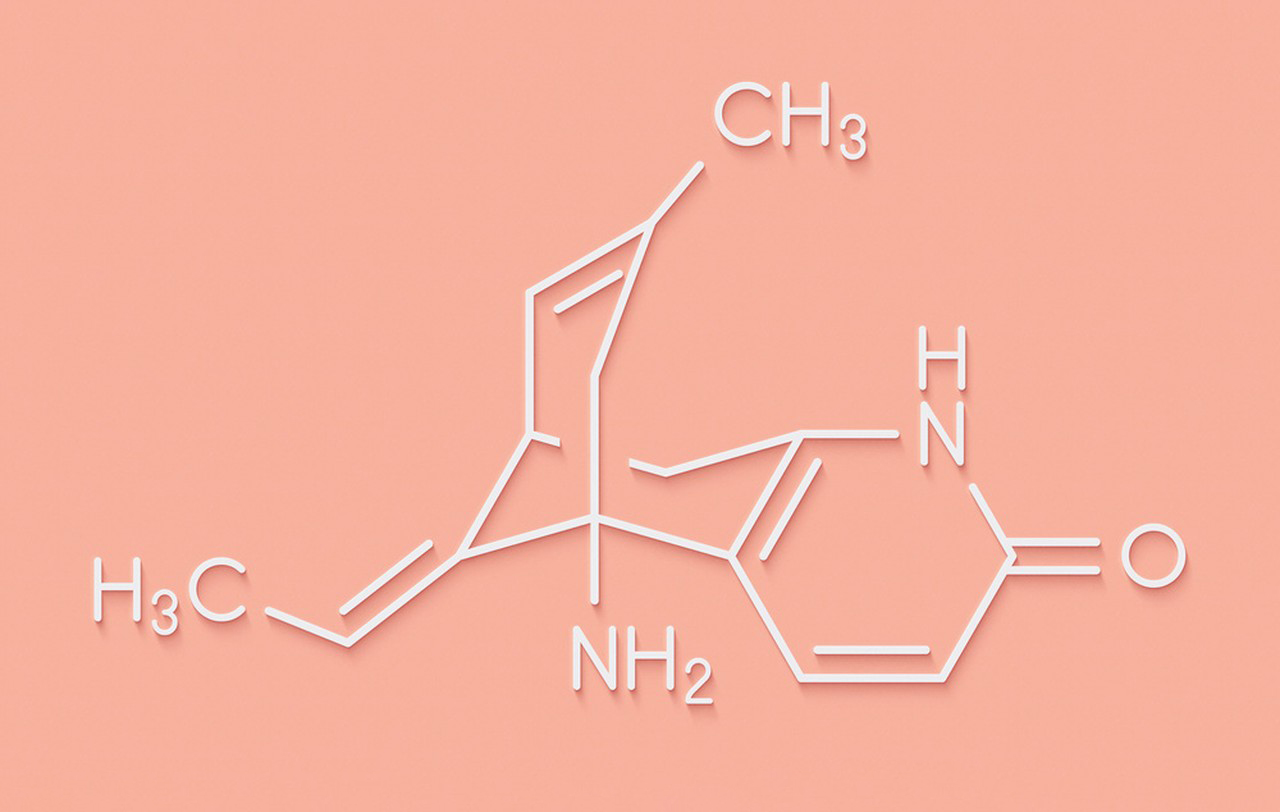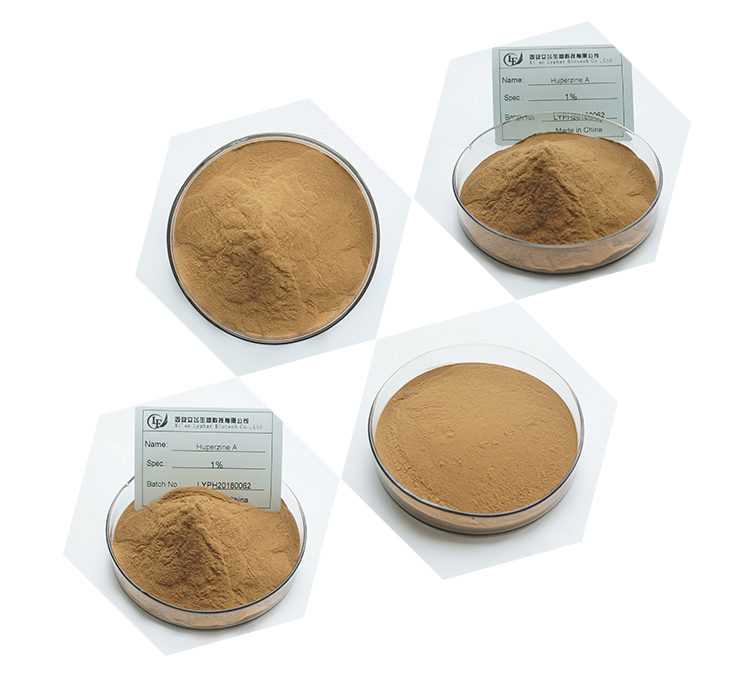Huperzine A is a naturally occurring alkaloid compound found in certain plant species, particularly in the Huperzia serrata plant, also known as Chinese club moss. It has garnered attention due to its potential medicinal properties, especially in the realm of cognitive enhancement.
Chemical Structure of Huperzine A:
- Chemical Formula: C15H18N2O
- Molecular Weight: Approximately 242.31 g/mol
- Structure: Huperzine A is a sesquiterpene alkaloid that belongs to the chemical class of lycodine alkaloids. Its structure consists of a bicyclic ring system with a quinoline moiety.

Physical Properties of Huperzine A:
- Appearance: Huperzine A typically appears as a white or off-white powder.
- Solubility: It is sparingly soluble in water but more soluble in organic solvents such as methanol, ethanol, and chloroform.
- Melting Point: The exact melting point can vary slightly depending on the source and purity, but it generally melts in the range of 217-220°C.
- Odor: It is odorless.
Biological Activity of Huperzine A:
- Acetylcholinesterase Inhibition: Huperzine A is well-known for its ability to inhibit acetylcholinesterase (AChE), an enzyme that breaks down acetylcholine in the brain. By inhibiting AChE, huperzine A increases the levels of acetylcholine, which can enhance cognitive function and memory.
- Neuroprotective Properties: It has also been studied for its potential neuroprotective effects, which may be beneficial in conditions involving neurodegeneration.
Medical Uses of Huperzine A:
- Cognitive Enhancement: Due to its acetylcholinesterase inhibitory effects, huperzine A has been investigated as a potential treatment for Alzheimer’s disease and other forms of dementia.
- Memory Enhancement: It is also used in some cultures as a memory enhancer and for improving overall cognitive function.

Safety Considerations of Huperzine A:
- Huperzine A is generally considered safe when used at recommended doses, but excessive consumption can lead to adverse effects such as nausea, diarrhea, sweating, and muscle twitching.
- It may interact with medications or exacerbate conditions in individuals with certain health issues, so it’s important to use under medical supervision.
In summary, huperzine A is a natural alkaloid with potential therapeutic applications, particularly in cognitive enhancement and neuroprotection. Its chemical structure and physical properties contribute to its biological activity and medicinal uses.
